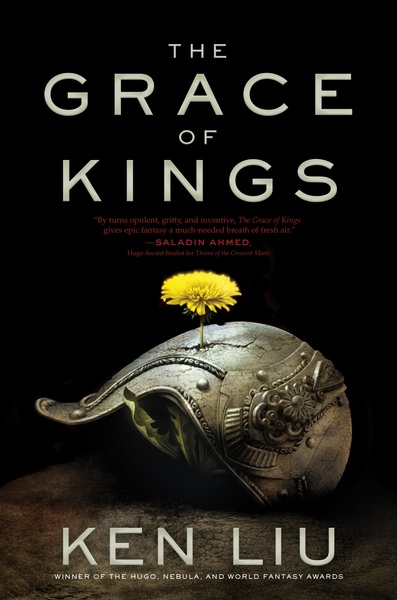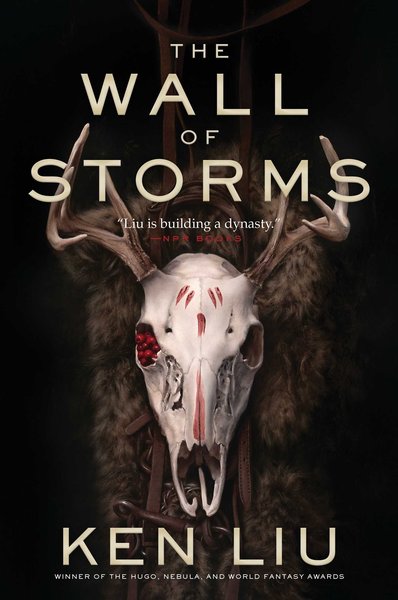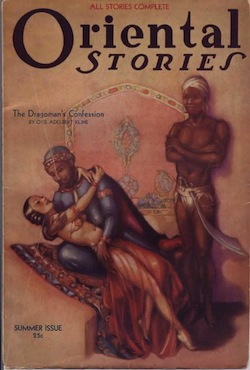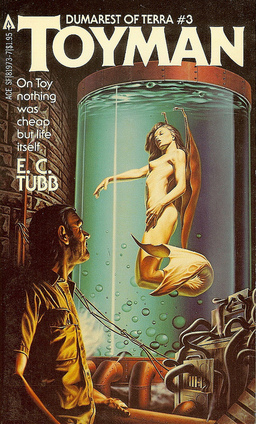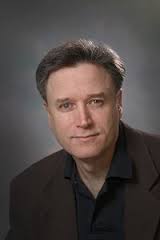Something Nasty, Something With Claws
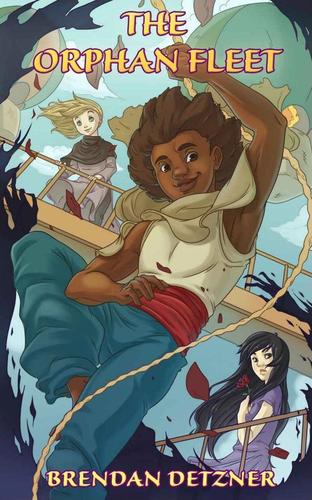 |
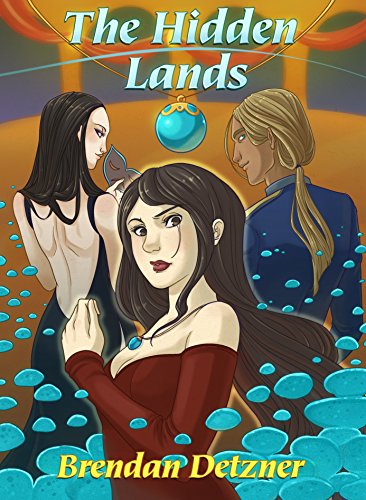 |
Whenever I have an idea for a story, it usually came from at least six different places, three or four or which I’ll have forgotten by the time the story is done. Let’s see how well I do this time:
I grew up in a house where bookshelves were the most important pieces of furniture, and I was happy to take advantage, but in a hidden corner of the basement was a particularly important shelf, the one where my dad kept his old 70’s science-fiction and fantasy paperbacks. Roger Zelazny, Harlan Ellison, Michael Moorcock, Gene Wolfe. Not a bad haul. In one of those books, a short story collection from Gene Wolfe, was a story called “The Island of Doctor Death and Other Stories,” which is about a child reading a story featuring a villain who he later imagines (or maybe not, it’s a Gene Wolfe story) breaking the fourth wall and discussing his role as a bad guy. He talks about how he and the hero seem to hate each other, but that backstage they actually get along and understood their interdependence.
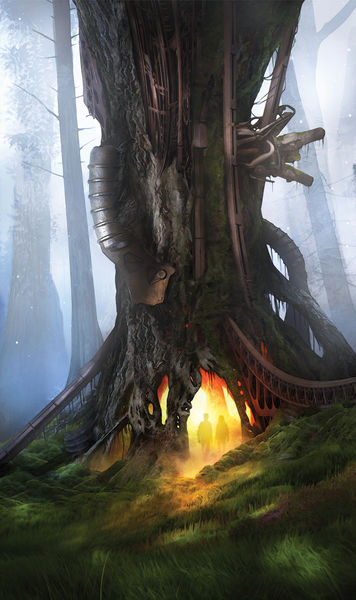

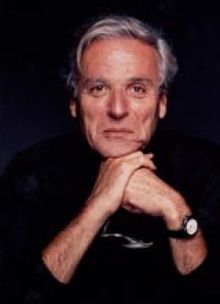 “It’s an accepted fact that all writers are crazy; even the normal ones are weird.” Wm. Goldman
“It’s an accepted fact that all writers are crazy; even the normal ones are weird.” Wm. Goldman